- Dealerships must innovate when selling an electric vehicle, or they run the risk of falling into oblivion.
- The Tesla sales model removes the car dealership from the sales process.
- Many legacy sales professionals do not know how to sell EVs to new customers.
- Dealerships spread rumors and misconceptions about driving and charging EVs.
If trends continue, a Tesla vehicle (probably the affordable Model 3) will be the best-selling passenger car in the United States in the upcoming year. The other models will finish in the top ten. Why do drivers choose the Tesla EVs instead of EVs or gas-powered vehicles from Ford, General Motors, Volkswagen, or other legacy automakers?
Some choose a Tesla because it’s an EV, while others choose it for its innovative technology and unique styling. Others like the Tesla brand because it isn’t a legacy brand – it’s something new. It’s even got its very own charging station system – the Tesla Supercharger.
Many want a Tesla simply because they don’t have to buy it from a dealership. Not dealing with a dealership makes the Tesla brand of electric vehicles especially compelling.
Could Tesla EVs be outperforming non-Tesla EVs simply because of the dealership experience?
Signs point to yes.
Dealerships Spoil EV Shopping and Ownership Experiences
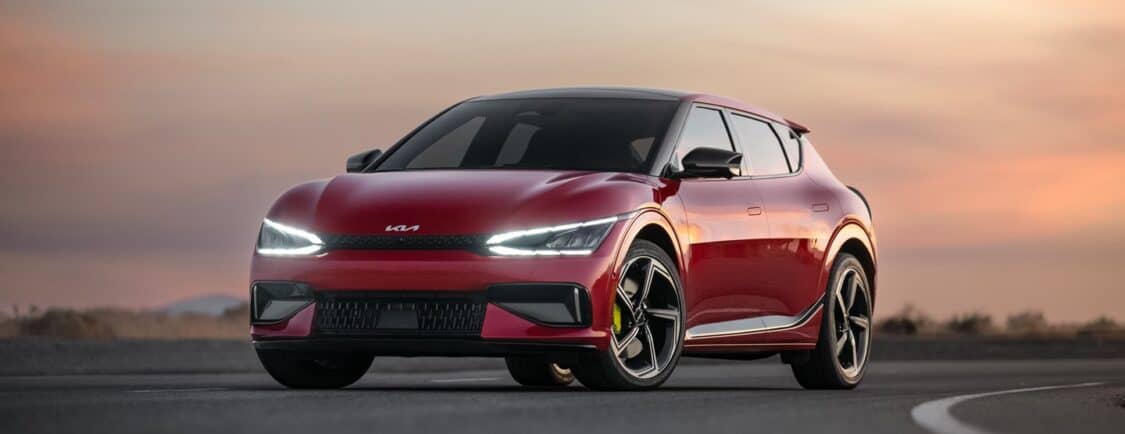
According to stories around the interwebs, people shopping for EVs at dealerships often come away disappointed in the information they glean from salespeople. Around the country, legacy automakers, like Ford, General Motors, and the rest do not know how to sell their EVs. Because of this, EVs are piling up on dealership lots.
As an owner of a Kia EV6, I had to deal with a dealership. I needed to test drive the GT and GT-Line to determine which model I wanted, then I purchased my GT-Line AWD at one of the three local dealerships that had my trim and color. I knew more about the vehicle than my salesperson, but I had to work with one because that’s how Kia works.
When I called to schedule my 8,000-mile service visit, the service advisor told me that I didn’t need my first oil change until 10,000 miles. Then, he reminded me that the first oil change was free. After I reminded him that I have an EV6, he told me the computer – programmed by Kia – did not have the 8,000-mile service requirements in the system.
Come on, Kia. You can do better.
ADVERTISEMENT
Dealerships Spreading Rumors & Helping Themselves
My experience with dealerships seems to be commonplace. According to a variety of sources, car dealerships don’t know how to sell their EVs, and many sales teams are pushing drivers away from purchasing an electric vehicle with rumors and lies.
Sales professionals tell shoppers that the power grid can’t manage EV charging, or that they don’t understand how to charge an EV, telling drivers that their EVs need hours to achieve a full charge. (My salesperson had no idea that the EV6 charges in about 18 minutes).
Dealerships have several revenue streams, including the service center. While EVs have higher sticker prices than most gas-powered cars, they have fewer moving parts. And the most expensive component – the battery – is covered for 8 to 10 years or 100,000 miles. This issue is preventing sales teams from aggressively selling EVs.
According to the U.S. Bureau of Labor Statistics, 43 percent of dealership profits come from labor and service, while only 16 percent comes from new car sales. My Kia EV6’s 8,000-mile service included a tire rotation and a new cabin air filter change. It was a $120 service visit, while the oil change for my son’s Kia Forte is usually about half that price.
Salesmen often complain about the time it takes to sell an EV, especially compared to a gas-powered car. EV shoppers need to test drive the vehicle, and they also need training on the technology and charging features. No one needs training on filling up a gas-powered car, making the time to sell an EV less lucrative for sales professionals.
Relying on Owners and Kiosks
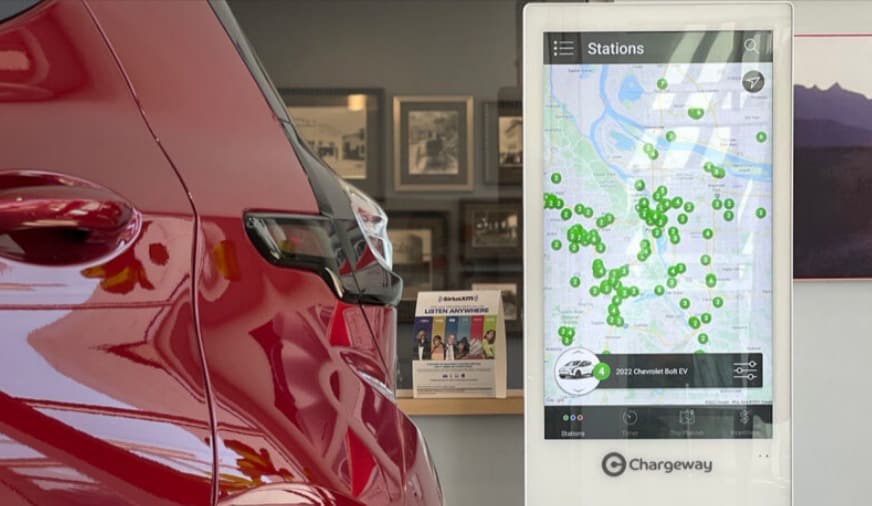
Fortunately, some groups, like Tesla owners and Chargeway, are trying to make headway at showrooms and dealerships. I attended an EV ownership meet-up in my community and learned that Tesla owners enjoy helping people make the switch from gas to electric. They also help the local Tesla showroom (not an official dealership) by helping new drivers get to know their vehicles.
Veteran Tesla owners help rookie Tesla owners learn how to work the technology and get the most out of charging. It’s quite a happy little family. Legacy brands should take advantage of owners – as we know more about our EVs than the salespeople who tell lies about them.
The Chargeway app is trying to educate potential EV drivers with its charging kiosk. Car dealerships can show shoppers how to maneuver the world of charging. The Chargeway Beacon kiosk functions like the smartphone app but on a bigger scale. Rather than sending new EV drivers out into the world not knowing how to fill up their vehicles, dealerships can educate their customers with this helpful tool.
ADVERTISEMENT
Why We’re Stuck with Dealerships
The car dealership experience dates back to the 1950s, and not much has changed since then. Before car dealerships opened in the 40s and 50s, people bought their vehicles from department stores. Then, dealerships worked with state governments to establish laws, and their agreements prevented direct-to-consumer sales.
Those laws still exist, and legacy automakers have a lot of sway in all levels of politics. Their dealership models aren’t going anywhere.
If you want to buy an EV from Ford, Kia, Hyundai, or any manufacturer not named Tesla, you’ve got to go through a dealership. Most of the dealerships are doing a poor job of training their sales teams on EVs and their technology. Some clearly don’t provide any training at all – my sales person didn’t even know what type of EV charger was available at the dealership.
I’ve had similar issues with my Jeep Wrangler 4xe PHEV. Yes, it has a gas-powered engine, but it also has an electric motor and a lithium-ion battery pack. The last time I got an oil change, the service advisor tried to sell me a prepaid oil change program. The price was fantastic, but when the service advisor tried to ring up the sale, he apologized to me because the deal wasn’t available for plug-in hybrids. That was five minutes I’ll never get back.
Breaking the Dealership Model
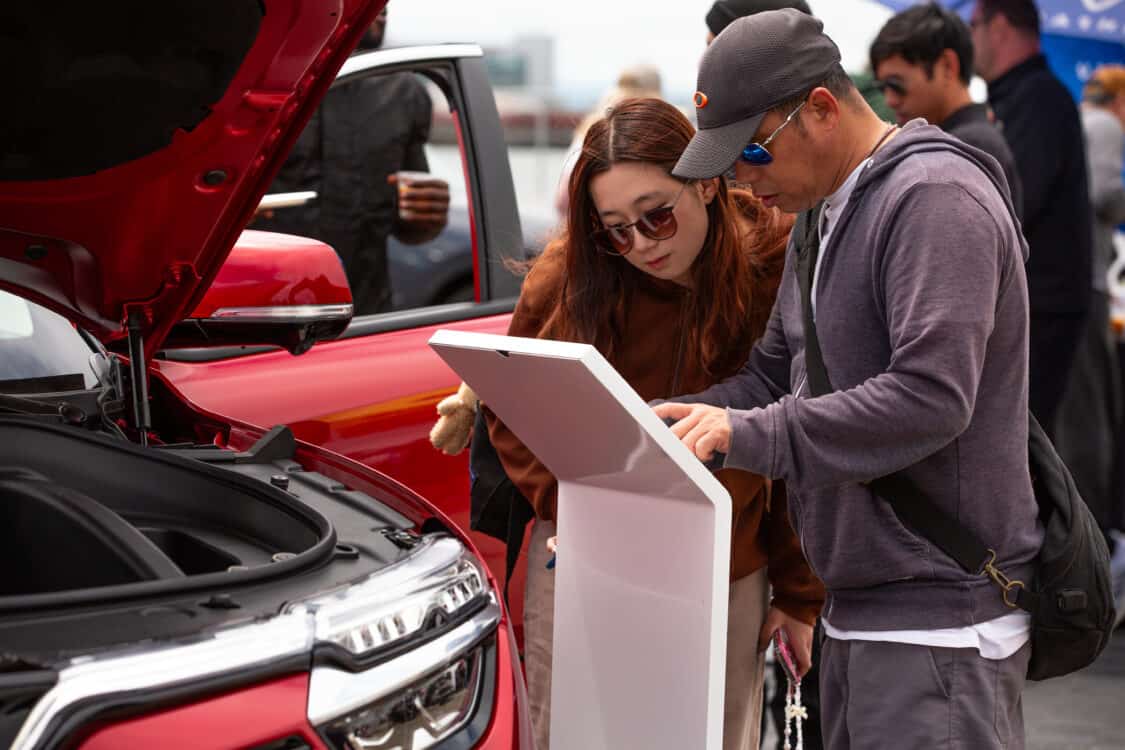
Now that supply chains are moving again, EVs are clogging dealership lots. According to Cox Automotive, dealerships have two months or more of EV supply on their lots. Sales professionals don’t know how to sell them, because they don’t understand them.
But not Tesla.
The automaker has showrooms around the country to give customers a hands-on opportunity to test drive each model and explore the features. But, the showrooms don’t handle sales – because Tesla does not want to comply with the dealership model. Instead, customers order their vehicles online and then take delivery at the showroom.
The newest EVs have similar features to the innovative Teslas. They have over-the-air updates, innovative camera and sensor systems, and impressive torque. The Tesla showroom has a service center, as all vehicles need some form of service. My Kia dealership can service my EV6, even if the advisors don’t know what to enter into the scheduling system. I’d rather bring it there than to an independent service center.
Get Out of the Way or Innovate
If sales professionals can’t sell an electric vehicle, maybe the dealerships need to develop new sales models. The Tesla model works well, and Hyundai has begun selling vehicles at Costco and online through Amazon. EV shoppers will want to take test drives – and once drivers get behind the wheel, most dealerships find the EVs sell themselves.
It’s time for dealerships to innovate. They could connect rookie owners with experienced owners (I love to talk about my EV6), or they start concierge services to answer questions. They could also help new EV owners with charging station installation services for an additional fee.
According to AAA, first-time EV owners said they are more likely to purchase another EV when they are ready for a new car. Electric vehicles are here to stay, so legacy dealerships need to figure out how to make their services worthwhile for sales professionals and car buyers.
Bureaucracy is tough to change, and the legacy automotive dealership system is an established system with little wiggle room. It’s time for change, but the eventual changes will be slower than EV adoption in North Dakota and the Upper Peninsula of Michigan.
ADVERTISEMENT

FEATURE IMAGE: SCREEN POST VIA PEXELS
FTC: We use income-earning auto affiliate links. Learn more.












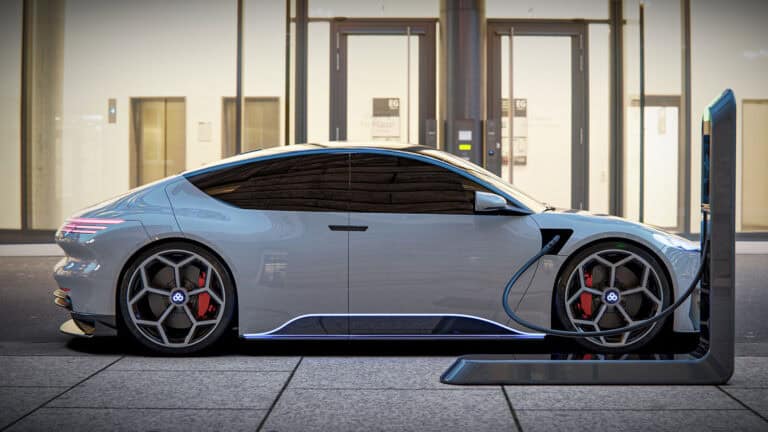








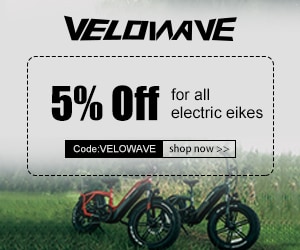



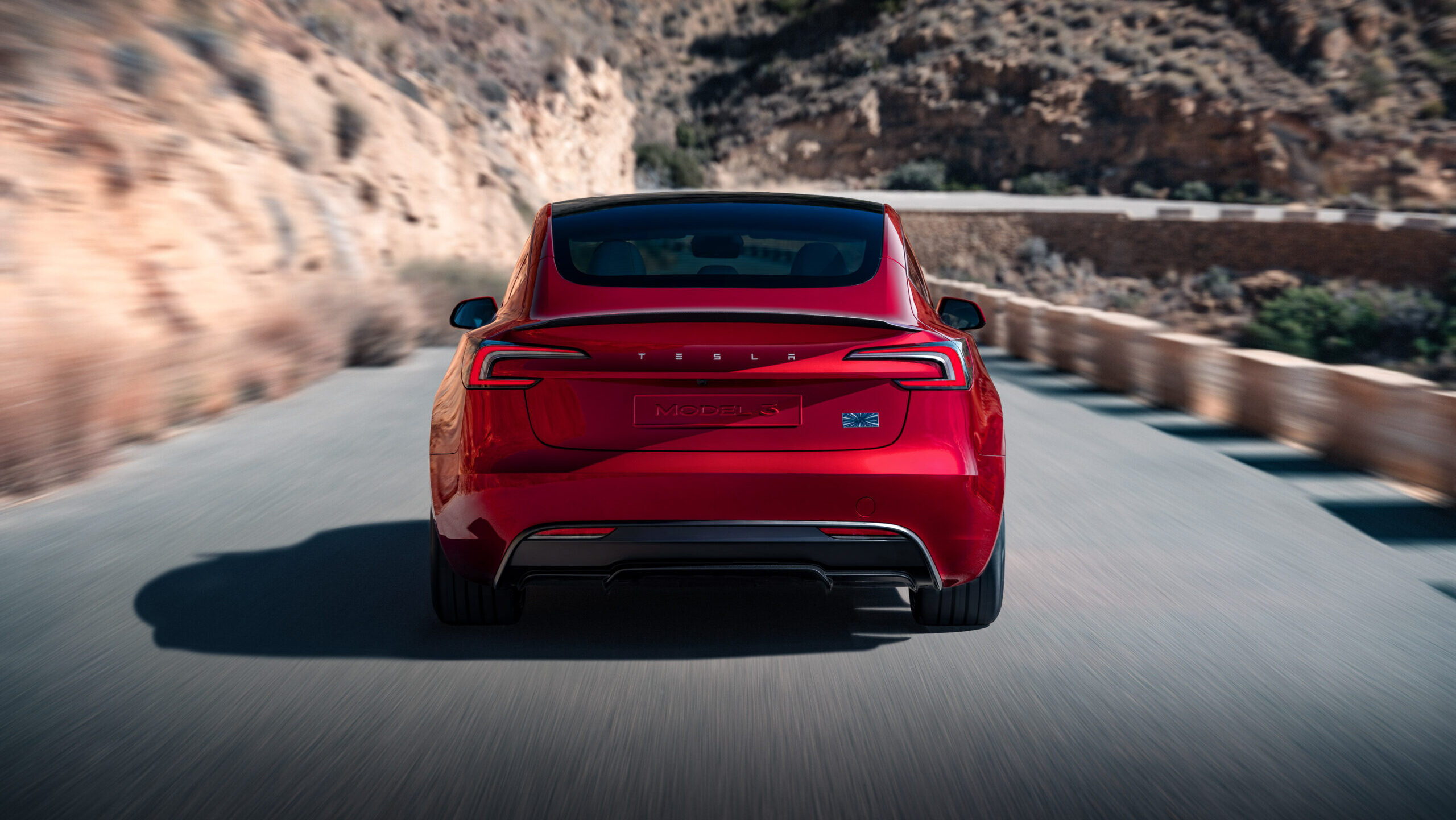
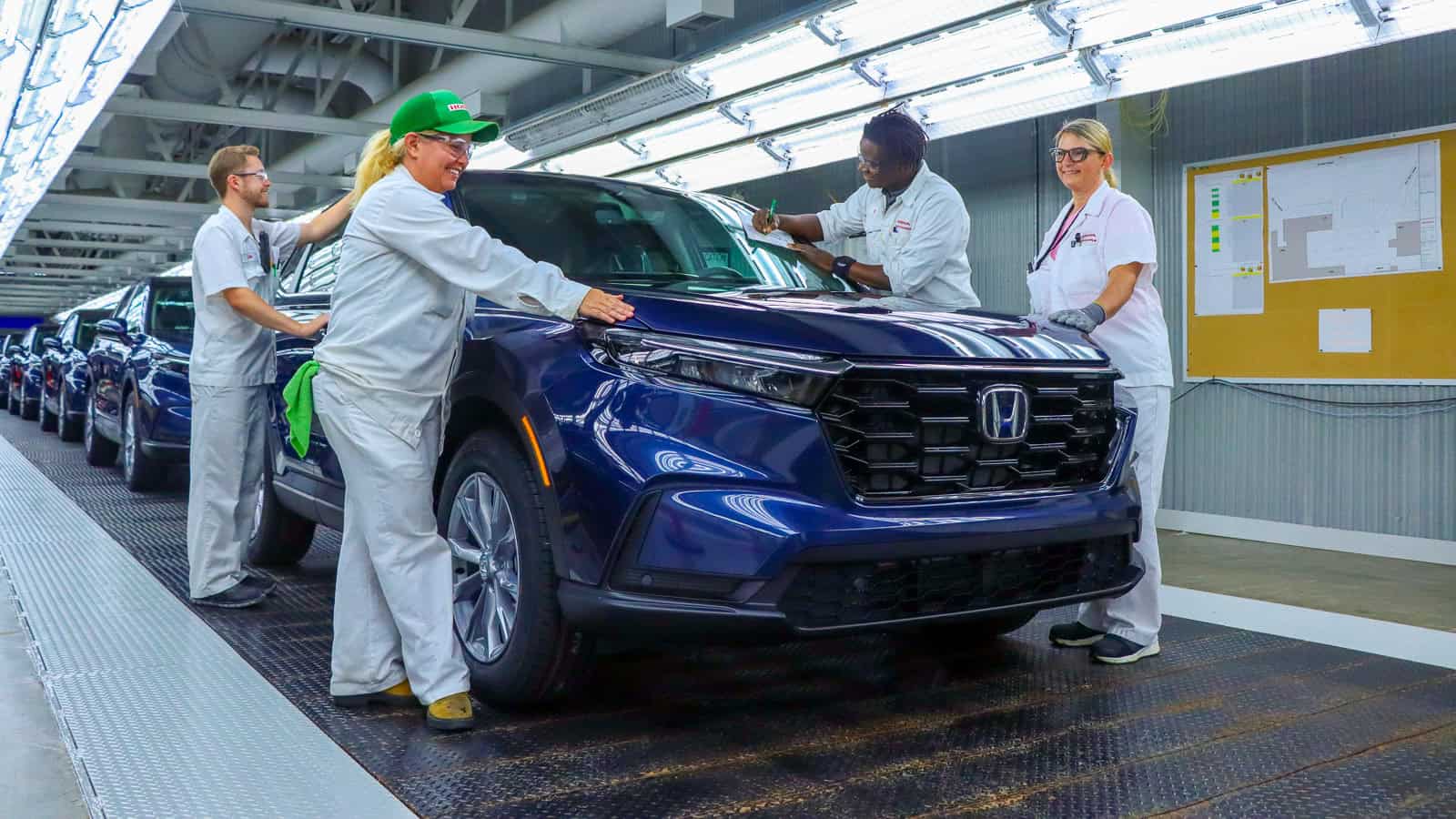


9 Responses
I totally agree with your assessment.
I asked my local Hyundai dealership (Riverhead, NY Hyundai) for over two years now when they will begin selling Hyundai’s EV line of vehicles. They repeatedly said that they have to rebuild their store to comply, but nothing ever gets done. Then I asked the Corporate owners of this dealership the same thing via repeated e-mails and have never gotten a response from anyone.
I had to wait over 1-1/2 years to purchase my Ioniq 5 Limited to even find a vehicle and ended up finding one in Rhode Island. Although not my preferred color, I settled for my second choice.
Now I use Hyundai 112 for service, but unless I specifically bring documentation as to recalls or TSB’s to the dealership, they say there is nothing in their computer system about the recall/tsb’s. Plus, the dealership is so crowded with vehicles I am afraid to bring it there for fear that it will be damaged just by trying to get it into one of the bays for service.
This article is a good point that I support as a 2023 Chevy Bolt EV owner/operator. I personally feel dealership responsible officials are not even trying to sell EV’s and will use every dilatory tactic to prevent EV sales. HOWEVER, it is my understanding from reading a different article that GM is mandating their franchised dealerships to install EV chargers on their dealer sites (at a cost of up to one million USD) or face consequences of GM not providing any vehicles to dealership be it EV or ICE vehicle. GM might then take over the dealership similar to the European dealership model.
An issue I found in Washington State was no test drives were allowed unless they were through a dealership. I looked at a Lucid Air at a showroom, but could not test drive it. I ended up getting a BMW i5. The first dealership was giving me incorrect information, but the second one was very knowledgeable. They are the area leader in BMW EV sales. My husband bought a Ford Lightning because he could not test drive a Rivian. Same issue. We need states to get rid of dealership requirements. The Ford dealership was not completely knowledgeable, but at least they knew about what services were not needed. They also had level 2 chargers to keep the vehicles charged. There are also chargers at the BMW dealer. Both these dealerships are having zero issues with selling EVs. Most are off the lot in a week or two. Knowledge goes a long way.
Rivian and Lucid also use a direct sales model.
Great article Kristen. My experience was the same advising my father with his new Ioniq 5 purchase. The icing on the cake was when he had to make yet another visit to the dealership in order for them to activate the Bluelink app, since they are ultimately the gate keepers.
After owning a Model 3 and Y, I expected much better from Hyundai – but do realize we’re all still considered early adopters and there is a long way to go. By no means is Tesla service is perfect, had bad experiences years ago, but they are improving and growing – and fully adept at servicing and selling their vehicles.
I just have to laugh at this article. It like the counter part non-EV articles is one sided and yes stating facts on both parts but said facts are typically out of context
Me have been on the EV side of things at one point can say this about both types (ICE and EV) of vehicles. Neither can exist without the other and both will always be around PERIOD.
The another hurdle All EVs will face is charge time to energize vs liquid or gas refills, no way around that. The next hurdle all EVs face is travel distance range, which is improving during long road travels. Most ICE vehicles average 280-300 miles per tank. In today’s world and even 30yrs ago, having to stop for hours during travel (pit stops) is/was unacceptable. I attribute that to people having set time scheduls or planned travel stops. Sure that practice is still done in EV but now requires more stops and time added to the travel. Again, it’s a habit change and many, including myself, don’t like my stops to be longer than 30min at most. So all, that’s just personal preference at this point but just noting it. Tips in EV were a pain, especially if there was a line for the chargers. A 360mile trip in EV on average took a little under 5hrs vs in ICE a little over 2hrs. That time saved does make a difference to me personally. EV took a charge break and ICE had a little over quarter of tank left. Both start charge and fuel up were at same station when doing my personal research on a travel I do at least 12times a year.
Note: high output chargers aren’t easily accessible nor are everywhere. If not a tesla charge station, it’s also not maintained so didnt work most of the times. Tesla did it right by creating their own change network and all manufacturers should do the same. Rivian basically screwed themselves by not doing that when they were building there vehicle hub stations.
When dealers are making the statement about the electric grid not being able to handle “not manage” EVs (never heard any dealer say the grid can’t manage EVs to me) is a fact and true statement as it’s typical taken out of context. I point you to Californias grid issue. Other states were on that same path and need to upgrade the grid to handle the massive additional taxing/use of it due to more things getting added to it. (Over development added to it as well). Now if dealers are properly educated in EVs as well and they present pure facts, also explain the pros and cons of each (EV & ICE) to customers, a customer is more likely to go ICE because of cost. My cost of EV ownership only saved be about $300 a year with everything factored in (including spike in Electric bill and ICE maintenance). So for me personally, it’s a wash. I liked the EV for daily inner city commute. Work, stores etc . Keeping it at 70% would require about 2 charges a week vs when drive ICE in that way, I’d go 9days before having to fuel up when it his just below quarter of a tank (before gas light comes on)
All this talk about innovation is a joke when getting down to it. Everything has its peek and EVs have hit theirs just as ICE have hit theirs as well. EVs is about battery power management while ICE is about gas/fuel management. Both power sources are mined. Battery lithium is mined to store energy from it’s source (sun, wind, turbine, fuel plant). Fuel/gas is drilled. Both still come from the earth via extraction. Now if the governments really wanted to push EVs, they wouldn’t have started at the consumer level, it would have started at the military/commercial levels and then trickled down to consumer level like technology in general does. They should have started with commercial shipping and transportation. A jet alone emmits more CO2 than several hundres, possibly a thousand, of pedestrian vehicles a year in a days worth of flights. And that’s just the start of that rabbit hole.
EVs are factually no more eco friendly than that if the ICE in complete life cycle. By that I mean, when going to scrap yards and what not for recycling.
I was once on board with buying direct from manufacturers to prevent dealers excessive markups over MSRP but Tesla still has that MSRP model. What I don’t like about the vehicle buying experience in general is, that it is not a custom buying experience like it is with high end exotics/luxury vehicles when it use to be. I can customize a high-end vehicle purchase to the T but mass production is a package. Like in a recent purchase of an ICE vehicle, if I selected a specific body color it removed an interior color I want. Why does that have to be and then it’s left up to a dealer to order a configuration that turns out nobody wants so it sits on a lot until years end sales and they then give up to $8k off MSRP while still making a profit from their actual purchase price. Sames applies for EVs with battery options. 4yrs in and still no clear sight to when I’d get my R1T max pack quad motor configuration. They keep trying to get me to commit to either quad motor ext pack or max pack dual motor config. So cutting out the middle man really means nothing now.
The true problem is companies/people put profit higher over what’s better overall for the masses. Greed! So until governments come down on that, there will be no change. Them cutting out V8s in 2025 in ICE really does nothing as well other than upset many including myself. Both EV and ICE have there place and use cases. Neither will disappear so this debate of EV or ICE being better is stupid. Like saying which is better, Pen or Pencil.